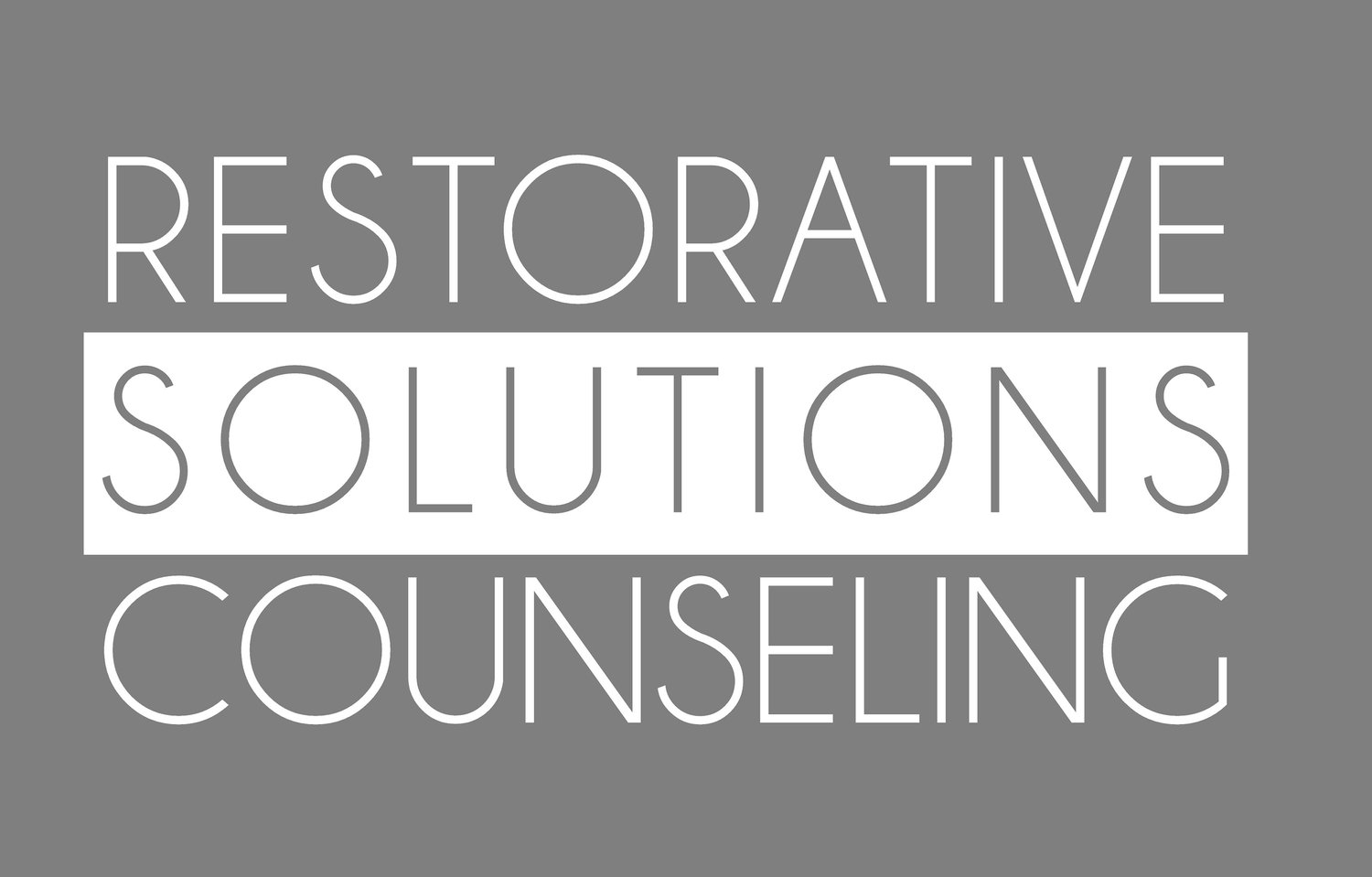In previous blogs I’ve mentioned the practice of mindfulness, and how it can be helpful for alleviating symptoms of ADHD, depression, anxiety, etc. What I haven’t done is gone in depth about what the practice of mindfulness is or how to be mindful. I recall a training that I attended where the presenter pointed out the difference between being mindful–a state of being fully in the present, vs being mind-full–which is to say anxious and worried about things in the future and things that have already happened in the past. Now, don’t get me wrong, there is value in concerning ourselves with the future and the past. We need to be able to consider what happens next so that we can prepare and organize ourselves. The past provides valuable lessons, and it also contains pieces of our lives that must be properly grieved. The point is that even though we live in the present, our default setting isn’t necessarily to be fully aware of the here and now.
The American Psychological Association (APA) lists the following benefits of mindfulness practice in a great article* by Dr. Daphne Davis and Dr. Jeffrey Hayes:
Less perseveration or intense focus on negative thoughts.
Reduced stress.
Reduced anxiety and depression symptoms.
Improvements in working memory, which is a very common deficit area for people diagnosed with ADHD.
Improved focus and concentration.
Less emotional reactivity, which is something that people who tell me that they have “anger issues” tend to struggle with.
Increased cognitive flexibility, or an increase in self-awareness that can help us examine our patterns of responding to events or situations and learn new ways of responding.
Increased satisfaction w/ relationships because improvements in self-awareness and better stress management also allow individuals to improve their communication with a partner.
There is also evidence that suggests that mindfulness can help with high blood pressure and inflammation. Multiple studies have cited the benefits of mindfulness for pain management and easing symptoms of PTSD.
So now I’ve told you the benefits of mindfulness. Come back next week and I’ll tell you how to actually do it…. I’m just kidding. There isn’t one way to be mindful. Being mindful is being fully present, and in doing so, we engage our prefrontal cortex–otherwise known as the part of our brain that places us squarely on top of the food chain.
I find a good introduction to mindfulness is using the breath. I’m going to invite you to read the following practice, and then attempt it after you finish this paragraph. Sit up nice and straight with your feet planted on the floor and your hands in your lap. With your eyes closed, or fixed on a point on your hands, put your attention on your breath. You’ll notice that even when you are still, there is always the movement of the breath. The air comes in and out of your nose, causing your shoulders to gently rise and fall, your chest to expand and contract, and your stomach to move out and back in. Place your attention in the spot where you notice the movement of your breath the most, and just allow your attention to sit here with a sense of curiosity. Do this for a minute or two.
Did you find your attention wandering? That just means that you were doing it correctly. As I stated previously, mindfulness is not our default setting. It is hard to do, and so our minds want to relax and be entertained by our thoughts. When this happens, don’t become upset or angry with yourself; just gently pull your attention back to what you want to focus on. Some experts even believe that this act of pulling our attention back from distractions into mindful focus is the real work of mindfulness. If you are easily distracted, just consider that you are giving yourself even more opportunity for a mindful workout.
There are a lot of mindfulness apps out there, but some of them also cost money, so I advise checking out some free resources first to get your practice established and figure out your personal preferences. YouTube has resources as well, but just remember to be careful with YouTube since anyone can post anything there. A favorite practice of the therapists at Restorative Solutions Counseling is a grounding exercise that engages the 5 senses: look around you and find 5 things that you can see but hadn’t noticed before, close your eyes and listen for 4 different sounds, feel for 3 different touch sensations that you can notice with all areas of your body (points of contact with something like a chair, or the floor beneath your feet are good things to feel for), 2 different smells, and 1 lingering taste. If you can’t sense as many things as you’re asked to notice, that’s alright. For instance, I don’t have a very strong sense of smell. I might not notice any smells once I’ve been in a room for a while. It isn’t about finding the stimulus, it is about searching for it.
For sake of space, I’ll keep the next practice recommendations brief. Do a body scan, where you start by placing your attention on your feet. Let your attention linger here and see what you notice, then slowly move your attention up to your legs, lower back, stomach, shoulders, arms, hands and fingers, neck, face, and all the way to the top of your head. A mindful walk could be spent searching for a particular color, or by counting your steps up to 10 and starting over again and again. Mindful driving is probably the safest way to drive because in this instance, you’re devoting all of your attention to the act of driving and what you see around you. The point is, that there isn’t a wrong way to practice mindfulness, so take some time every day to pull yourself into the present.
